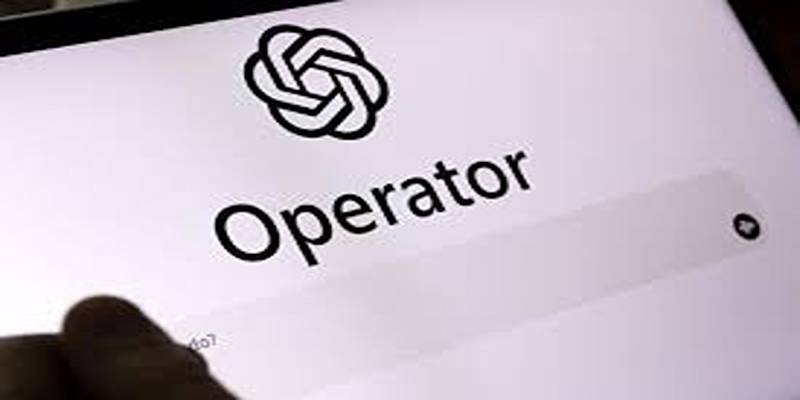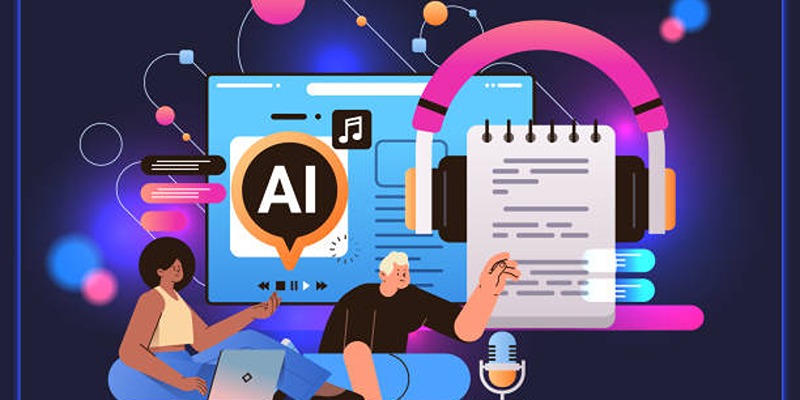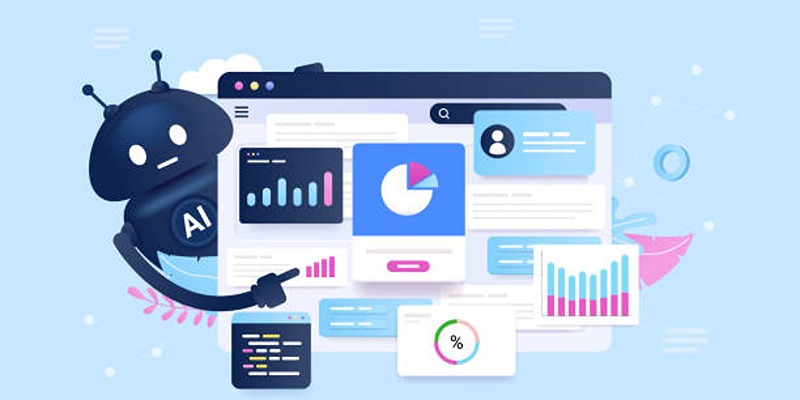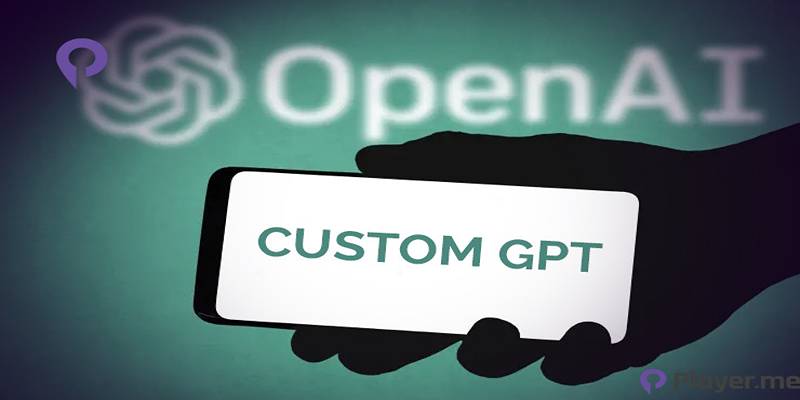OpenAI's ChatGPT continues to make news in the field of artificial intelligence, which is always changing. From writing assistance to complex problem-solving, its widespread use has made it a staple in modern digital communication. But recently, an unexpected platform has started to emerge as one of the most convenient and accessible places to use ChatGPT—WhatsApp.
Known primarily for its role in messaging and voice calls, WhatsApp might not seem like the obvious choice for AI interaction. However, recent developments have shown that the platform is quickly transforming into an effective hub for using ChatGPT. For users who want the power of a cutting-edge AI assistant without switching between apps or diving into new platforms, WhatsApp is surprisingly becoming one of the best places to access ChatGPT.
Major Feature Enhancements in 2025
The WhatsApp and ChatGPT integration didn't stop at simple text. OpenAI began to roll out more features in early 2025, transforming the chatbot experience within the messaging app. These updates included voice messaging support, image uploads, and soon-to-arrive account linking, adding new dimensions to how people could interact with the AI.
Voice Messaging Support

Voice messages are already a popular communication style in WhatsApp, especially in regions where typing long messages isn't always practical. OpenAI smartly tapped into this trend by enabling voice messages for ChatGPT. Now, users can speak to ChatGPT just like they would leave a voice note for a friend. The AI then responds with context-aware answers, offering the same intelligence as its typed responses but through a more natural interaction style.
This voice capability makes the experience more fluid and inclusive, particularly for users with accessibility needs or those who prefer verbal communication. It also means that multitasking becomes easier—users can ask ChatGPT questions while driving, cooking, or exercising without needing to type.
Image Upload Support
The addition of image uploads brings ChatGPT’s vision capabilities into WhatsApp. Users can now send photos, diagrams, documents, or any visual content and receive meaningful feedback, analysis, or information in return. This feature opens the door to numerous practical use cases. For instance, someone could snap a photo of a math problem, a travel map, or even a design sketch and ask ChatGPT for help or feedback.
By allowing multimedia inputs, WhatsApp becomes more than a chat platform—it becomes a versatile AI interface, one that supports both verbal and visual queries.
Smart Replies and Context Awareness
OpenAI is also rolling out smart replies and improved context awareness within WhatsApp. This feature allows ChatGPT to remember recent interactions during a conversation thread, making the dialogue more fluid and intelligent. It mimics human-like continuity in chats—understanding follow-ups, recognizing references from earlier messages, and maintaining context throughout the conversation.
For users, this results in a smoother, more coherent experience. Whether it’s a business discussion, a creative brainstorming session, or a casual Q&A, the ability of ChatGPT to “follow the thread” enhances productivity and engagement significantly. It also allows more advanced tasks to be completed in fewer messages, reducing the need to constantly re-explain context.
Document Reading and Summarization
Another powerful feature being introduced is document reading and summarization. Users can now upload PDFs or text-based documents directly in WhatsApp and ask ChatGPT to summarize, analyze, or extract key points. It is especially useful for students, professionals, and researchers who often deal with lengthy reports or study material.
Instead of skimming through pages of text, users can ask the AI to highlight the most important parts, answer questions about the content, or rephrase complex sections. It turns WhatsApp into a miniature research assistant—available 24/7 and capable of handling large volumes of content instantly.
Why WhatsApp Is Becoming an Ideal Channel for ChatGPT?
The rapid development of this integration reveals something deeper about how people interact with AI today. The best technologies don’t always require new apps or complex systems—they work where users already are.
WhatsApp’s familiarity, simplicity, and global presence make it the perfect environment for AI-powered interactions. Most people are already comfortable using it, which reduces the learning curve that often comes with new digital tools. There's no need to create another account or learn a new user interface. With the addition of ChatGPT, WhatsApp becomes not just a messaging platform but an AI portal.
For businesses and individuals alike, this integration could streamline many tasks. Customer support, content brainstorming, data interpretation, or even personal productivity could all benefit from having an AI assistant just one message away.
Linking ChatGPT Accounts: The Next Step

Coming soon, OpenAI will allow users to link their ChatGPT accounts directly within WhatsApp, whether you’re on the Free, Plus, or Pro tier. It means expanded usage limits and personalized experiences based on your subscription level. Currently, the service caps conversations at 15 minutes of voice chats per month for free users, which might feel limiting—but it’s a smart move to let people try it out before committing.
Account linking will also likely enable synchronized preferences, conversation memory, and potentially even access to premium features like custom GPTs or Operator, OpenAI’s advanced AI agent capable of performing tasks on the web autonomously. It could elevate the WhatsApp AI experience to new heights—turning a messaging app into a productivity powerhouse.
Conclusion
While most people wouldn't expect WhatsApp to become a top-tier AI interface, that’s exactly what is happening. The combination of its user-friendly platform and the increasingly powerful capabilities of ChatGPT makes for a surprisingly effective match. By embedding AI into a platform already used by billions, OpenAI is removing friction, expanding access, and bringing intelligent assistance into everyday conversations.
As the technology continues to evolve and more features are unlocked, WhatsApp could become more than a messaging app—it might be the easiest and most natural way to interact with artificial intelligence in daily life.











